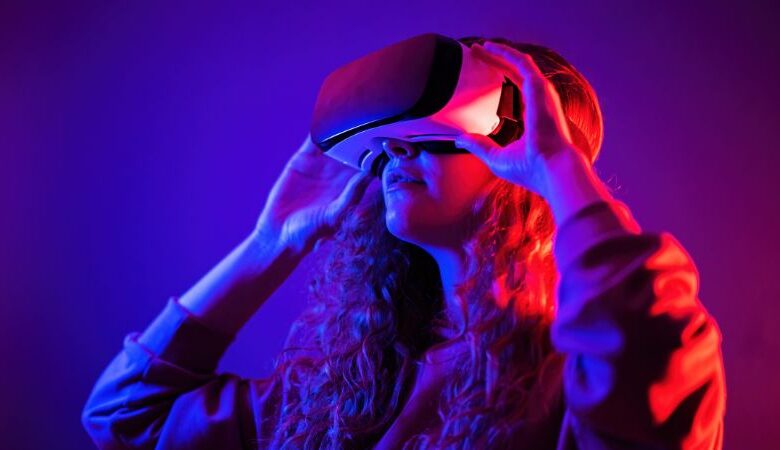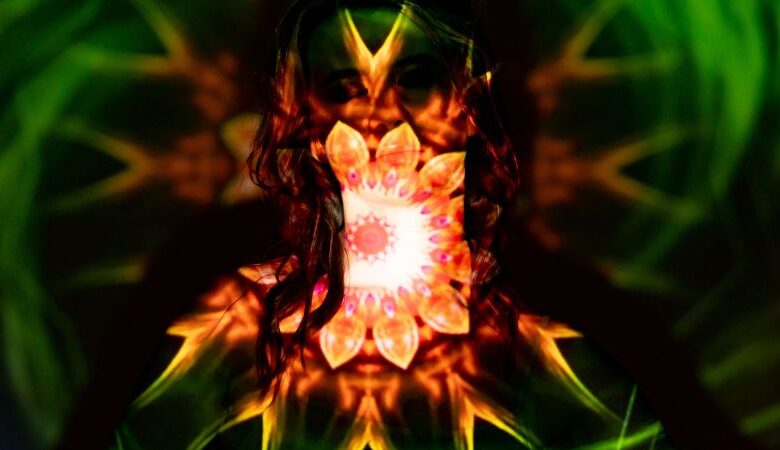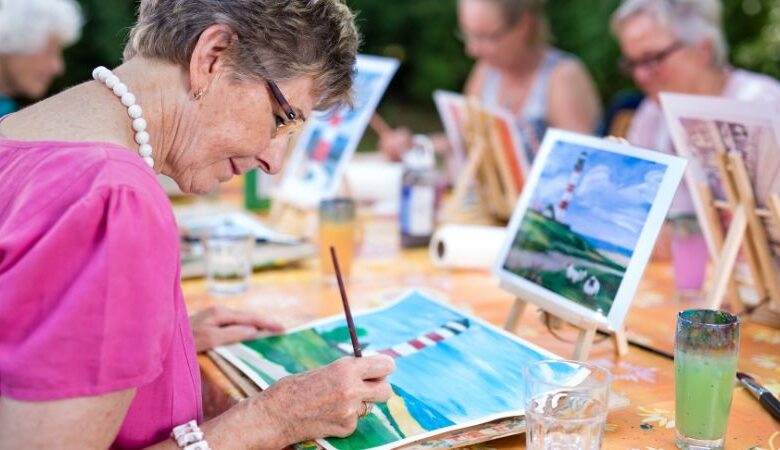Virtual Reality (VR) Therapy for PTSD: A Cutting-Edge Approach
Step into a world where healing and technology collide, offering hope and relief to those suffering from the invisible wounds of trauma. Virtual Reality (VR) Therapy is revolutionizing the way we approach Post-Traumatic Stress Disorder (PTSD), providing a cutting-edge solution that holds immense potential for transformation. Join us as we embark on a journey exploring the power of VR Therapy in combating PTSD, uncovering its remarkable benefits and shedding light on how you can find a skilled therapist to guide you through this innovative treatment method. Get ready to dive into an extraordinary realm where virtual reality meets healing, igniting new possibilities for recovery! What is PTSD? PTSD, or Post-Traumatic Stress Disorder, is a debilitating mental health condition that can occur after experiencing or witnessing a traumatic event. It goes beyond the normal response to stress and can have a profound impact on daily life. Individuals with PTSD often find themselves trapped in a cycle of intrusive memories, flashbacks, nightmares, and severe anxiety. The symptoms of PTSD can vary from person to person but commonly include hyperarousal (being easily startled), avoidance of triggers associated with the trauma, negative thoughts and mood changes, and re-experiencing the traumatic event through distressing memories or dreams. What sets PTSD apart from other mental health disorders is its link to specific traumatic events. Military combat, sexual assault, natural disasters – these are just some examples of experiences that can trigger PTSD. However, it’s important to remember that anyone who has experienced trauma could potentially develop this disorder. Living with PTSD can be incredibly challenging as it affects all aspects of life – relationships may suffer due to emotional detachment or hypervigilance; work productivity may decline because concentration becomes difficult; even simple tasks like going out in public might induce overwhelming anxiety. While traditional therapies such as cognitive-behavioral therapy (CBT) and medication have proven effective for many individuals with PTSD, there is growing excitement around an emerging treatment modality: Virtual Reality Therapy. This innovative approach harnesses the power of technology to create immersive environments where patients confront their traumas in a controlled setting – ultimately facilitating healing and recovery. What is Virtual Reality (VR) Therapy? Virtual Reality (VR) Therapy is a cutting-edge approach that harnesses the power of technology to help individuals suffering from Post-Traumatic Stress Disorder (PTSD). But what exactly is VR Therapy? In simple terms, VR Therapy involves using virtual reality headsets and software to create lifelike and immersive experiences. These virtual environments are specifically designed to simulate situations or scenarios that trigger symptoms of PTSD in patients. By exposing patients to these simulated experiences in a controlled and safe environment, therapists can guide them through the process of confronting their fears and anxieties. This allows patients to gradually desensitize themselves to traumatic memories or triggers, ultimately reducing the intensity of their emotional responses. One of the key advantages of VR Therapy for PTSD is its ability to recreate real-world situations with high levels of detail and customization. Therapists can tailor each experience based on individual patient needs, ensuring maximum effectiveness. Moreover, VR Therapy offers a level of control not found in traditional therapy methods. Therapists can adjust variables such as environmental factors or social interactions within the virtual environment, allowing for personalized treatment plans that address specific triggers unique to each patient’s trauma. Another benefit is that VR Therapy provides a safe space for patients to confront their traumas without being exposed directly to potentially triggering situations in real life. This controlled exposure enables individuals with PTSD to build resilience and develop coping mechanisms while feeling supported by their therapist throughout the process. Furthermore, studies have shown promising results when it comes to using VR Therapy for treating PTSD. Research suggests that this innovative approach can lead to significant reductions in symptoms such as anxiety, avoidance behaviors, nightmares, and hyperarousal. However, it’s important also highlight potential risks associated with this therapy method. Some individuals may find certain virtual simulations too overwhelming or distressing, which could exacerbate symptoms temporarily during treatment sessions. It’s crucial for therapists utilizing this technique closely monitor patients’ reactions and make adjustments accordingly. If you’re interested in exploring VR Therapy for PTSD, it’s essential to find a therapist who is experienced and knowledgeable in the field. This will ensure that you or your loved one receive the highest level of care and optimal outcomes from this new and exciting treatment modality. How does VR Therapy work for PTSD? Virtual Reality (VR) Therapy is a cutting-edge approach that holds immense potential in helping individuals with Post-Traumatic Stress Disorder (PTSD). But how exactly does VR Therapy work for PTSD? The process begins by immersing the individual in a virtual environment, which simulates scenarios related to their traumatic experiences. This can include combat situations, natural disasters, or any other triggers specific to the person’s trauma. By creating this realistic and controlled environment, VR Therapy allows individuals to confront and engage with their fears in a safe space. During these virtual simulations, therapists guide patients through various techniques such as exposure therapy and cognitive behavioral therapy. The goal is to help patients gradually desensitize themselves to the traumatic memories or triggers that cause distress. With repeated exposure and practice within the virtual world, individuals can learn coping mechanisms and develop strategies to manage their symptoms. One of the key benefits of VR Therapy for PTSD is its ability to provide a sense of presence. Unlike traditional forms of therapy where patients rely on imagination or memory recall alone, VR creates an immersive experience that closely mirrors real-life situations. This heightened sense of realism helps elicit emotional responses similar to those experienced during actual events. Moreover, VR Therapy offers flexibility in tailoring treatment plans based on individual needs. Therapists can adjust parameters within the virtual environment like intensity levels or pacing according to each patient’s progress and comfort level. This personalized approach ensures that treatment aligns with each person’s unique circumstances. Additionally, VR Therapy provides opportunities for patients to practice skills they’ve learned outside



